Top 5 Surgical instruments in cranial surgery posts will guide you all about the most used surgical instruments in cranial surgery(Neurosurgery). We will discuss the Bayonet Tissue Forceps, Malleable Brain Retractor, Hudson brace, Penfield Dissector, and Yasargil Bayonet Tissue Forceps. see more for Top 5 Surgical instrument cranial surgery
Top 5 Surgical instrument: Bayonet Tissue Forceps
Very commonly used in cranial surgery and spine surgery for better visualization.
The bend in the center of the forceps (bayonet) provides the stereotactic vision to the surgeon
Other Names: Bayonet, bayonet Cushing tissue forceps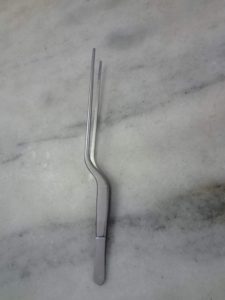
Category: Forceps
Uses
Multiple uses involving grasping or holding delicate tissue. Used for the better visualization of targeted tissue due to the bayonet feature. Long arms allow use in deep spaces. Used to hold the cottonoid and patties.
Types
Available in different lengths with the arm. An edged end (Cushing) that allows scraping abilities and hold the materials
Yasargil Bayonet Tissue Forceps (Tumor holding)
Yasargil Bayonet Tissue Forceps or tumor grasping forceps come in Stainless steel or titanium.
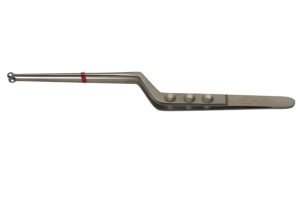 Other Names: Bayonet, Tumor holding, Jansen tissue forceps
Other Names: Bayonet, Tumor holding, Jansen tissue forceps
Category: Forceps
Purposes: Multitude of uses involving grasping tumor parts or holding delicate tissue. Cupped jaws allow more secure tissue to hold in the grip. Long arms allow use in deep spaces. East to hold and grasp biopsy tissue samples and graft materials.
Types: Length of arms. Size of jaws.
Top 5 Surgical instrument: Malleable Brain Retractor
Other Names: Malleable retractor, brain retractor, brain ribbon
Category: Retractors
Uses
Flexible handheld retractor that used to retract brain soft tissue. Malleable retraction blades allow users to bend in direction. Used along with the Leyla retractor set, mounted to hold the brain parts for a long duration.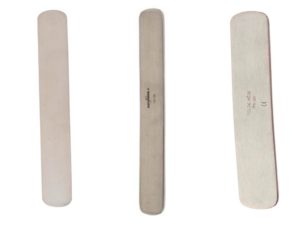
Recommended to use with patties on the surface of the retractor
Comes in Various widths, shapes, and materials.
Top 5 Surgical instrument neurosurgery: Penfield Dissector
Dissector with double-ended dissector with the sharp and blunt end. Due to double presents in the instruments, commonly called Two dissector or Double-end 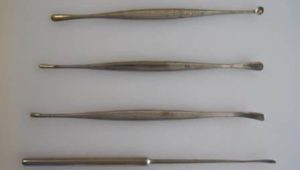
Comes with different sizes like #1, #2,#3, #4, #5
Other Name:
Category: Dissectors
Uses: Dissector instrument for dissecting the pericranial layer
Scraping of a layer of periosteum and separating soft tissue from bone.
e.g.,
Nasal septum
Skull base,
Dura mater, etc.,
Used to lift the cranial bone after the craniotomy was done. Also to remove the sticky dura mater part to the cranium
Used to hold bone wax on the end of the instrument to hemostasis on the cranium.
The blunt end is less curved than the Penfield 3 but still can be used to separate bone from the dura mater.
Used in nasal surgery for the dissection of conchae.
Berengario Drill or Hudson brace
Commonly present in Craniotomy set to make burr hole and perforation on the cranial bone.
Invented by Jacopo Berengario da Carpi’s. so it is called Berengario drill and nowadays, we call Hudson brace 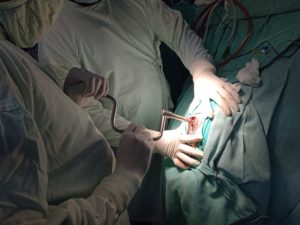
The interchangeable bit attachment with the body is called Hudson brace, otherwise called Vestibulum.
For time consumption, electric and pneumatic drill replaces the Berengario Drill in recent days.
In past days this drill plays important role in doing craniotomy to decreases equipment costs.
